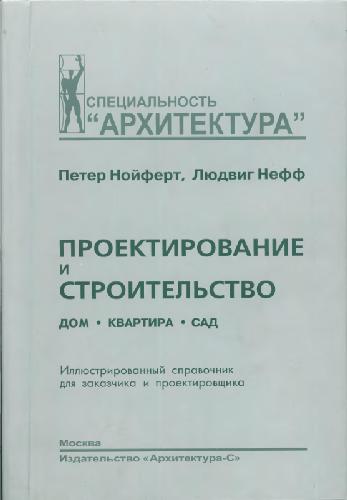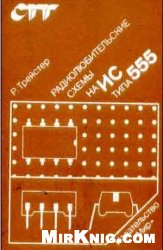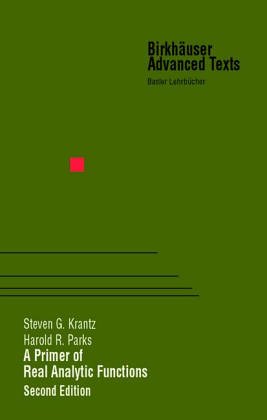- 2 402 202 книги
- Поиск
libcats.org










A Computational Framework for Segmentation and Grouping
G. Medioni, Mi-Suen Lee, Chi-Keung TangThis book represents a summary of the research we have been conducting since the early 1990s, and describes a conceptual framework which addresses some current shortcomings, and proposes a unified approach for a broad class of problems. While the framework is defined, our research continues, and some of the elements presented here will no doubt evolve in the coming years.It is organized in eight chapters. In the Introduction chapter, we present the definition of the problems, and give an overview of the proposed approach and its implementation. In particular, we illustrate the limitations of the 2.5D sketch, and motivate the use of a representation in terms of layers instead.
In chapter 2, we review some of the relevant research in the literature. The discussion focuses on general computational approaches for early vision, and individual methods are only cited as references. Chapter 3 is the fundamental chapter, as it presents the elements of our salient feature inference engine, and their interaction. It introduced tensors as a way to represent information, tensor fields as a way to encode both constraints and results, and tensor voting as the communication scheme. Chapter 4 describes the feature extraction steps, given the computations performed by the engine described earlier. In chapter 5, we apply the generic framework to the inference of regions, curves, and junctions in 2-D. The input may take the form of 2-D points, with or without orientation. We illustrate the approach on a number of examples, both basic and advanced. In chapter 6, we apply the framework to the inference of surfaces, curves and junctions in 3-D. Here, the input consists of a set of 3-D points, with or without as associated normal or tangent direction. We show a number of illustrative examples, and also point to some applications of the approach. In chapter 7, we use our framework to tackle 3 early vision problems, shape from shading, stereo matching, and optical flow computation. In chapter 8, we conclude this book with a few remarks, and discuss future research directions.
We include 3 appendices, one on Tensor Calculus, one dealing with proofs and details of the Feature Extraction process, and one dealing with the companion software packages.
In chapter 2, we review some of the relevant research in the literature. The discussion focuses on general computational approaches for early vision, and individual methods are only cited as references. Chapter 3 is the fundamental chapter, as it presents the elements of our salient feature inference engine, and their interaction. It introduced tensors as a way to represent information, tensor fields as a way to encode both constraints and results, and tensor voting as the communication scheme. Chapter 4 describes the feature extraction steps, given the computations performed by the engine described earlier. In chapter 5, we apply the generic framework to the inference of regions, curves, and junctions in 2-D. The input may take the form of 2-D points, with or without orientation. We illustrate the approach on a number of examples, both basic and advanced. In chapter 6, we apply the framework to the inference of surfaces, curves and junctions in 3-D. Here, the input consists of a set of 3-D points, with or without as associated normal or tangent direction. We show a number of illustrative examples, and also point to some applications of the approach. In chapter 7, we use our framework to tackle 3 early vision problems, shape from shading, stereo matching, and optical flow computation. In chapter 8, we conclude this book with a few remarks, and discuss future research directions.
We include 3 appendices, one on Tensor Calculus, one dealing with proofs and details of the Feature Extraction process, and one dealing with the companion software packages.
Популярные книги за неделю:

Проектирование и строительство. Дом, квартира, сад
Автор: Петер Нойферт, Автор: Людвиг Нефф
Размер книги: 20.83 Mb

Система упражнений по развитию способностей человека (Практическое пособие)
Автор: Петров Аркадий НаумовичКатегория: Путь к себе
Размер книги: 818 Kb

Сотворение мира (3-х томник)
Автор: Петров Аркадий НаумовичКатегория: Путь к себе
Размер книги: 817 Kb

Радиолюбительские схемы на ИС типа 555
Автор: Трейстер Р.Категория: Электротехника и связь
Размер книги: 13.64 Mb
Только что пользователи скачали эти книги:

Четвёртое правило волшебника, или Храм ветров (Меч истины - 4)
Автор: Гудкайнд ТерриКатегория: Научная Фантастика
Размер книги: 1.28 Mb

Г.Г.Ситников. Справочник радиослушателя в вопросах и ответах (МРБ-0054, 1949, djvu)
Автор:
Размер книги: 4.70 Mb

A primer of real analytic functions
Автор: Steven G. Krantz, Автор: Harold R. Parks
Размер книги: 1.97 Mb

From Multimedia Services to Network Services: 4th International COST 237 Workshop, Lisboa, Portugal, December 15-19, 1997. Proceedings
Автор: Andre Danthine, Автор: Christophe Diot
Размер книги: 2.49 Mb

Технологические методы нанесения износостойких покрытий: Методические указания к лабораторным работам
Автор: Циркин А.В., Автор: Смирнов М.Ю.Категория: Машиностроение
Размер книги: 593 Kb

Germinal Life: The Difference and Repetition of Deleuze
Автор: Keith Ansell Pearson
Размер книги: 4.01 Mb




